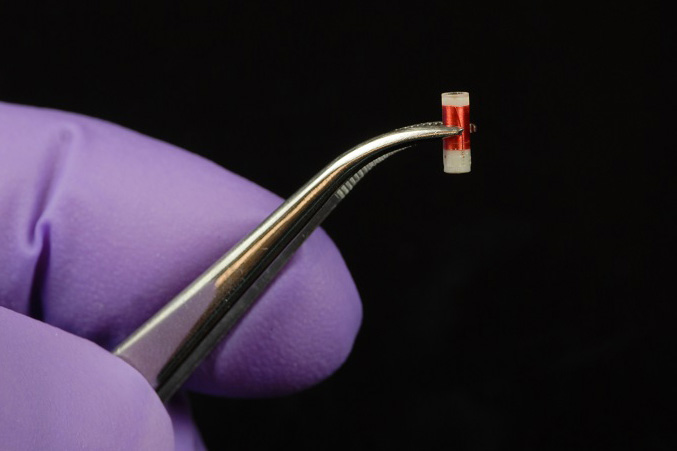

Physicians may have a variety of tools in their arsenal to fight cancer, but quickly determining whether one or another method is actually working for a given patient is a major challenge today. Biopsies and imaging scans are what’s used today to monitor tumors, but one is invasive, painful, and comes with potential side effects, while scanning can be limited in precision and only offers infrequent glances at the state of the tumor. A new implantable device developed at MIT may offer real-time tumor monitoring, offering physicians quick information on whether a therapy is having the desired effect.
The device is a sensor capable of measuring pH and dissolved oxygen in the environment around it. The pH is important because tumors tend to become more acidic, while low oxygen levels are known to exist around fast growing tumors. Moreover, imaging scans can be misleading, showing a seemingly growing tumor that is actually nearby inflammation. Chemical responses, on the other hand, are more indicative of what’s actually going on, so the new implant may let doctors adjust therapy much faster than is currently possible.
The device can be injected using a needle and contains responsive nuclear magnetic resonance contrast agents that act as the chemical sensors, while electric inductance is used to beam the readings to a device outside the body.
The team tested the technology, including on animals who received the implants, showing that the device can accurately measure pH and oxygen levels. The next step is to do further, longer studies, hopefully leading to clinical trials to see how well it works in humans.
Study in Lab on a Chip: Miniaturized, biopsy-implantable chemical sensor with wireless, magnetic resonance readout…
Source: MIT…
The post Injectable Implant Monitors Chemical Changes of Tumors appeared first on Medgadget.
